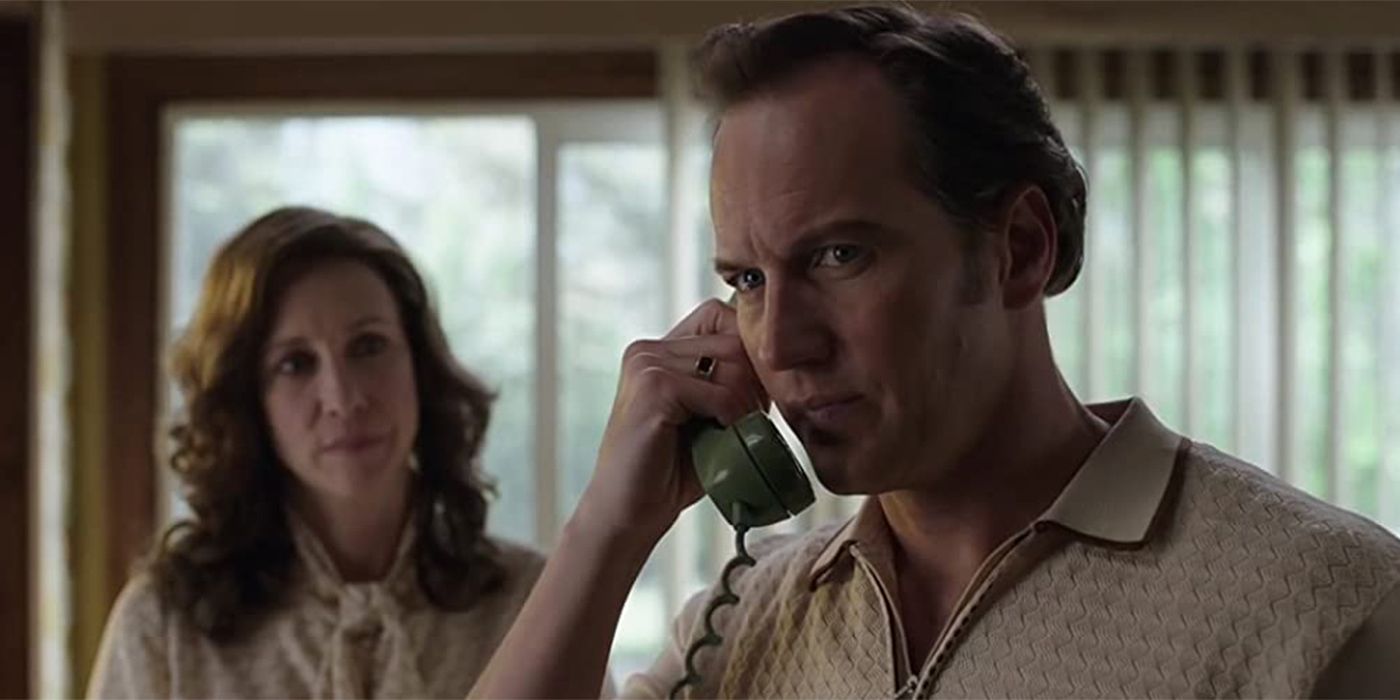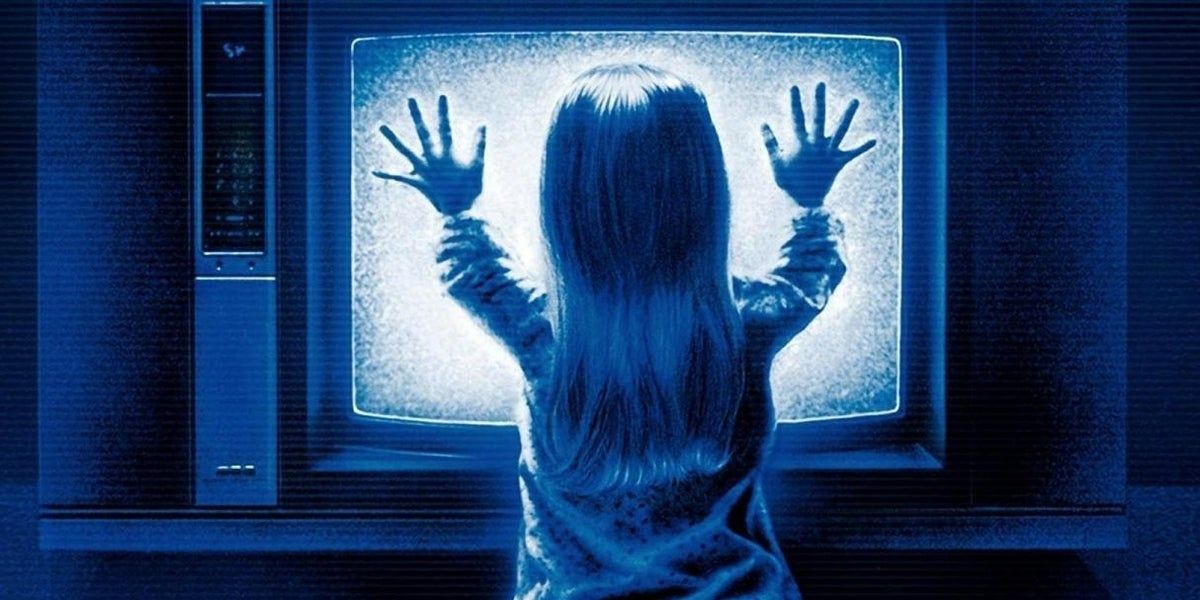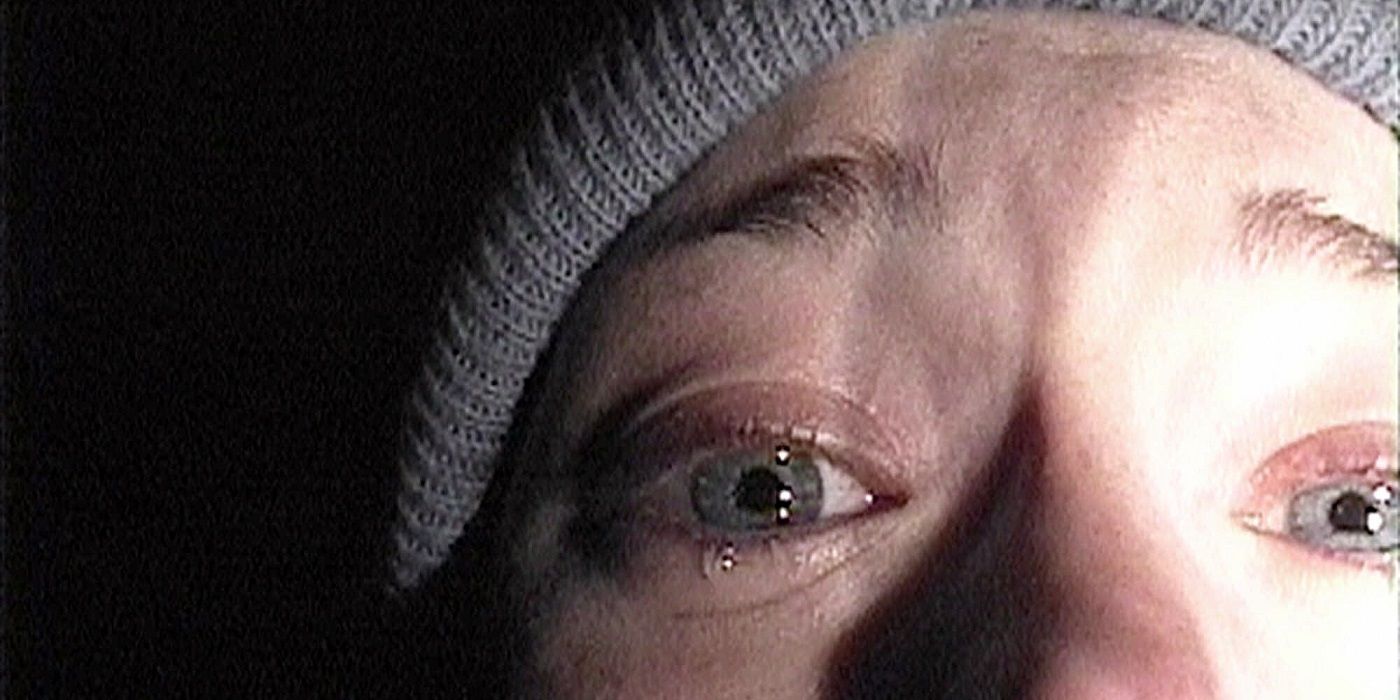The haunted house movie is a staple of the horror genre, and like other subgenres of horror, it follows a simple formula. Slasher films usually involve a killer who stalks and murders a series of defiant teenagers; Monster films typically focus on one or more characters fighting against the monster; Haunted house films have an ominous spirit scaring and sometimes possessing those who live in the house. Something else that most haunted house movies do, and need to stop doing, is using the “inspired by true events” as a selling point.
The second the words “based on true events” or “inspired by real events” enter the screen, it is safe to assume that a haunted house movie is about to begin. The haunted house movie is one of the most beloved subgenres of horror, and has been for quite some time. The first known haunted house film was the silent movie The Cat and the Canary (1927). The film follows a typical haunted house formula: A family being haunted by a mysterious figure inside a decaying mansion. This sub-genre of horror became extremely popular, even still continuing to be made almost 100 years later. Some well-known haunted house films include Alfred Hitchcock’s Rebecca (1940), The House on Haunted Hill (1959), The Amityville Horror (1979) and quite possibly the most popular and successful, Poltergeist (1982). This film also sparked a franchise, as well as a remake in 2015.
Poltergeist scared audiences around the world in the early 80s. This wasn’t a typical monster film or silly slasher film; It was a story based on true events. Poltergeist is based on the events that took place at the Herrmann house in 1958. On the evening of February 3rd, 1958, a man named James Herrmann got a concerned call from his wife stating that her and their children kept hearing ominous noises upstairs. When they investigated, the family found bottles of several substances, including Holy Water. Every day, more items would show up, and the family resorted to getting a priest to summon the evil spirits. There were about 70 documented reports of unusual activities in the house between February 3rd and March 10th of that year.
Using the selling point of Poltergeist being based on a true story was a good idea in the 1980s, as it was a fresh and new idea. It is 2021 now though, and films such as The Conjuring, The Haunting in Connecticut, Winchester, among hundreds more still use this as a tactic to scare audiences. It doesn’t need to be used anymore, as the sub-genre is just as popular without this being a selling point. Audiences eat up every Marvel and superhero film, although so obviously being based in fiction. People don’t love Ant-Man because of the realistic storyline of a man who shrinks to the size of an ant and is a superhero; they love it because it's entertaining. This is something that creators of Haunted house films should take to their advantage more, to just make scary and entertaining movies, even if it is a completely made-up story.
Possibly the most popular haunted house franchise in the 2010s would be The Conjuring movies. The first film was made in 2013, directed by James Wan and written by Chad Hayes and Carey W. Hayes. The film tells the story of real-life paranormal investigators Ed and Lorraine Warren. Their real-life reports inspired The Amityville Horror story and The Conjuring franchise. The Warrens go to the house of the Perron family, who experienced increasingly disturbing events in their farmhouse in Rhode Island in 1971. The film sparked two other movies, with the most recent, The Conjuring: The Devil Made Me Do It, which came out in June. The franchise also includes a prequel Annabelle (2014), and Annabelle: Creation (2017).
There’s obviously a reason that studio marketers use the “true story” angle on trailers, posters, and news releases, hoping to make the already scary story even more so. If the trailer highlights the fact that there’s a true story, or even just some factual elements in the story, it puts the audience in a creepy mood before the film barely begins. With all this being said, this can also become a slippery slope. If a trailer is stating something is based on true events, audiences might take the film more as a documentary than a movie strictly for entertainment.
This can be seen in many films, most notably The Blair Witch Project. The movie's marketing campaign was designed to convince the public that the footage was real found footage, and the entire film was a true story. After the film was released though, it was stated that it was not based on a true event after all. This can get movies in trouble too: Director Ruggero Deodato was charged with murder because his film Cannibal Holocaust looked so real.
Some might think, why break something that’s not broken? Slasher films have used the same tropes for decades, why shouldn’t haunted house films? The difference between slasher or monster films is that they are based in fiction and the audience knows that. This way, the film can be enjoyed for what it is: an entertaining movie. At the end of the day, horror movies continue to use a combination of methods to fool audiences to make them afraid. However, when films are consistently said to be inspired by true events, it loses both its originality and impact.



